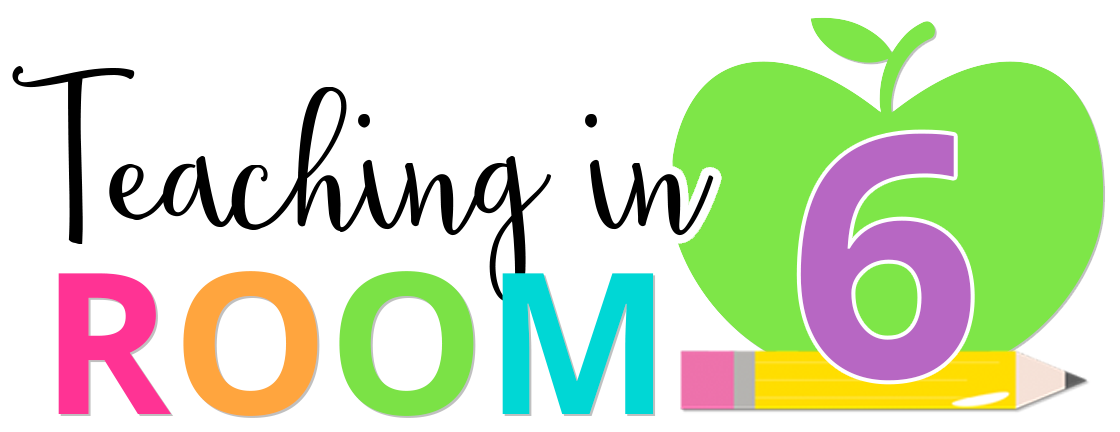We are reading Gregor The Overlander (Underland Chronicles, Book 1)
I then asked the students to tell me the setting of the story. That was easy. An apartment in New York. Then I asked them HOW they knew that. "It tells me in the story!" said one eager friend. Several other friends nodded in agreement. "But WHERE?" I asked. The students then started thumbing through the first chapter and finally all settled on a line on page
 two which read, "It was the only air-conditioned room in the apartment."
two which read, "It was the only air-conditioned room in the apartment."I modeled for them how to write that on the foldable. We wrote that they were in an apartment, and then the direct quote with page number annotation as evidence.
I then asked them to find where it said they were in New York. Several students raised their hand and told me that it was when grandma was talking about Virginia and Gregor said she was now in New York. I reminded them that, yes they were correct, but we need a direct quote from the story. They searched and finally found it and I modeled writing it on the foldable.
We then talked about how time is also an element of setting. When does this story take place? By now, the students were immediately looking for references to summer. There were quite a few but the one that we eventually chose was one from page 2 that also let us draw a conclusion that it was the beginning of summer.
 Now that our setting was taken care of, the students met in partners to find as much evidence about one specific character as they could using direct quotes from the text. So many wanted to just write what they knew from their own mind, but I kept having to direct them back to the text for textual evidence.
Now that our setting was taken care of, the students met in partners to find as much evidence about one specific character as they could using direct quotes from the text. So many wanted to just write what they knew from their own mind, but I kept having to direct them back to the text for textual evidence.This is such a hard thing for them to do. They *know* what the answer is, but finding evidence support is just another step that they are reluctant to take.
However, I think using this foldable really helped them.
The final step was writing a summary of the text. I did not ask them to do direct textual support for this one, though in the future I will. I think they were good just doing it for the setting and characters.
What is something you do to get the kids to give you textual evidence in their explanations of a text?



No comments
Post a Comment
Please leave a comment! I love to hear what you think about what is posted :)